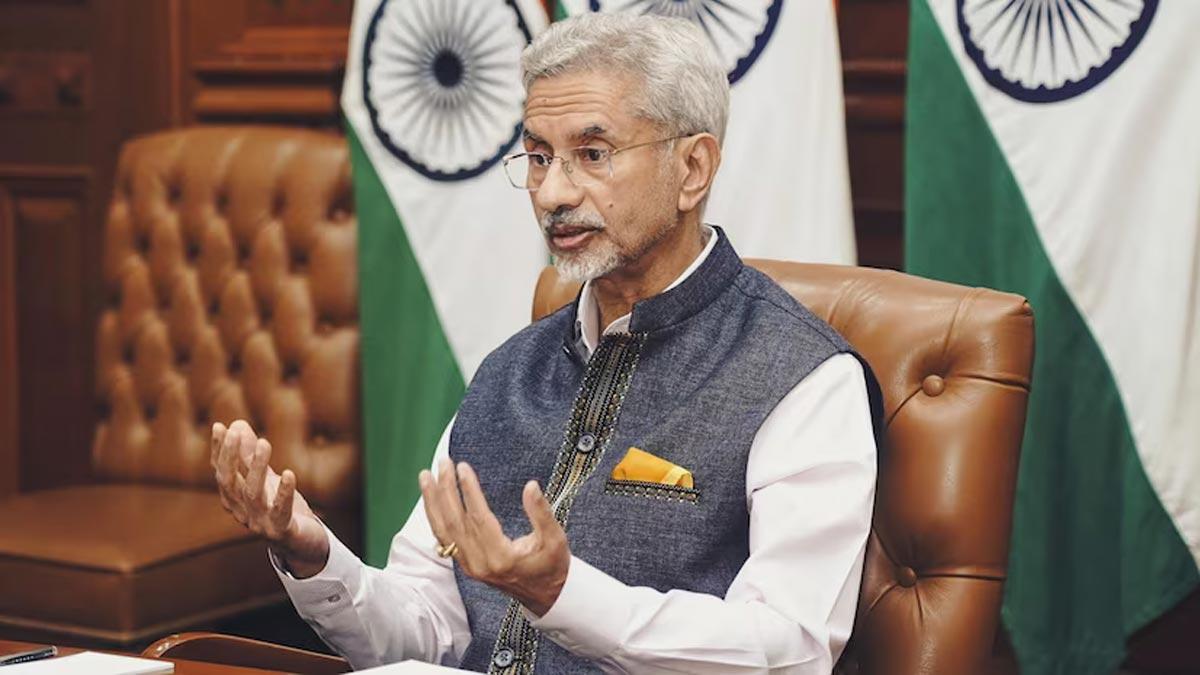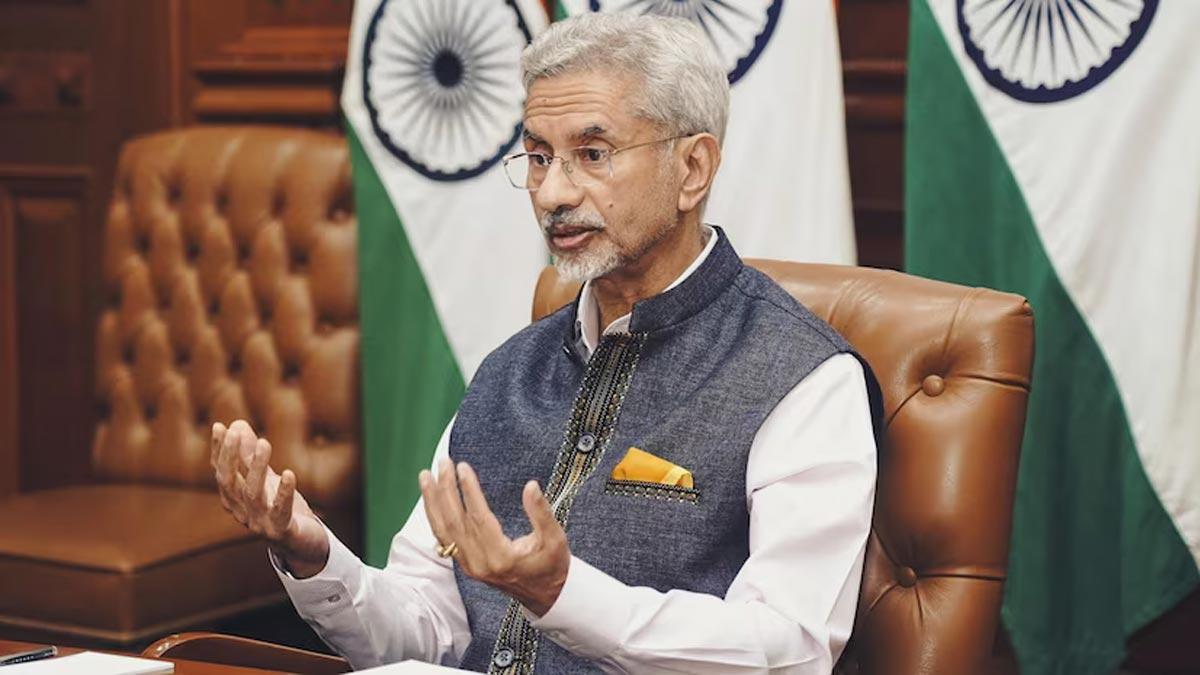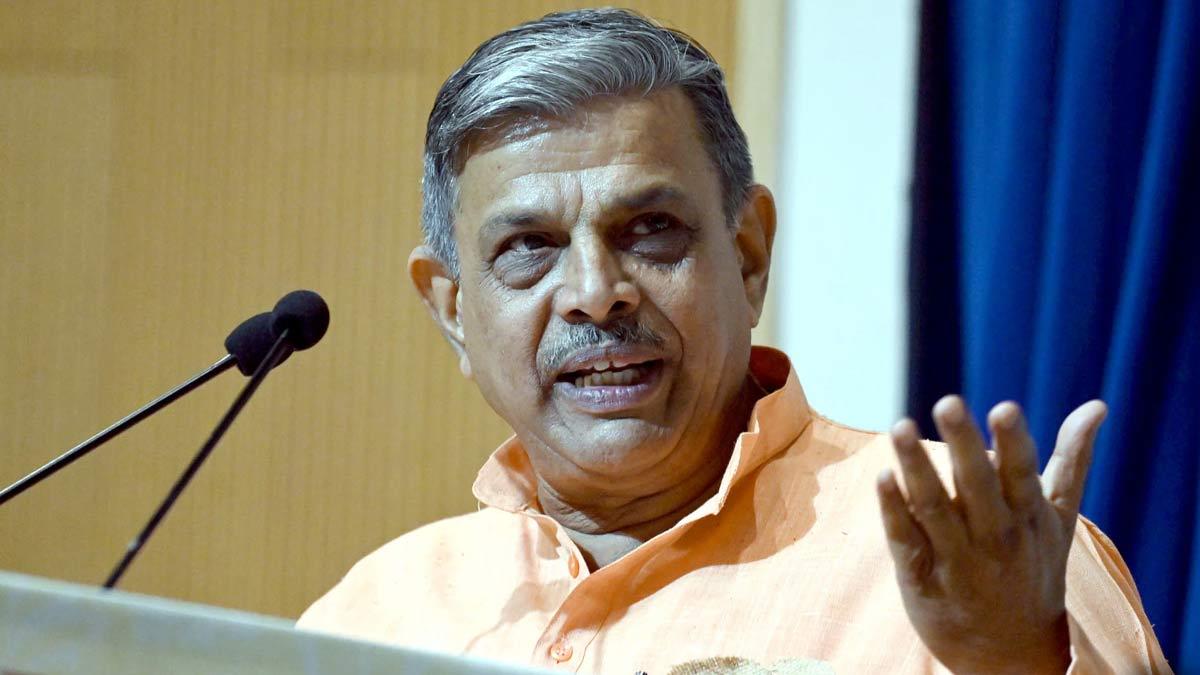The number of females per 1,000 males in the country has risen from 991 in 2015-16 to 1,020 in 2019-21, as per the Economic Survey tabled in the Parliament on Monday.
The sex ratio at birth, i.e., female children per 1,000 male children born in the last five years, has also grown from 919 in 2015-16 to 929 in 2019-21, the Survey noted.
To prevent gender biased sex selective elimination and survival and protection of the girl child, the government has made specific interventions through the 'Beti Bachao, Beti Padhao' (BBBP) scheme.
Sex ratio at birth for children born in the last five years has improved in 2019-21 from 2015-16 in all states except for Himachal Pradesh, Bihar, Jharkhand, Chhattisgarh, Odisha, Maharashtra, Tamil Nadu, Kerala, Meghalaya, Goa and Nagaland, the Survey said.
Also Read | Nobody losing jobs due to non-vaccination, Centre tells SC
The total fertility rate (TFR), which is an average number of children per women, has also come down to 2 in 2019-21 from 2.2 in 2015-16, as per the Survey.
The total fertility rate has even come down below the replacement level of fertility (2.1 children per woman) in the country, the Survey said.
In all the states and UTs except for Manipur, Meghalaya, Bihar, Jharkhand and Uttar Pradesh, the replacement level of fertility has been achieved.
Increasing the use of contraceptives, especially the modern methods, better family planning, and girl education have possibly contributed to the decline in the fertility rate, the Survey noted.
Also Read | 'AatmaNirbhar Bharat' linking women's abilities with country's development: PM
It also outlined that the family planning method has increased from 53.5 per cent in 2015-16 to 66.7 per cent in 2019-21. Significant improvement has also been observed in the infrastructure and services reaching to the public, such as institutional delivery, among others.
As per the report, institutional delivery has increased to 88.6 per cent in 2019-21 compared to 78.9 per cent in 2015-16.


















